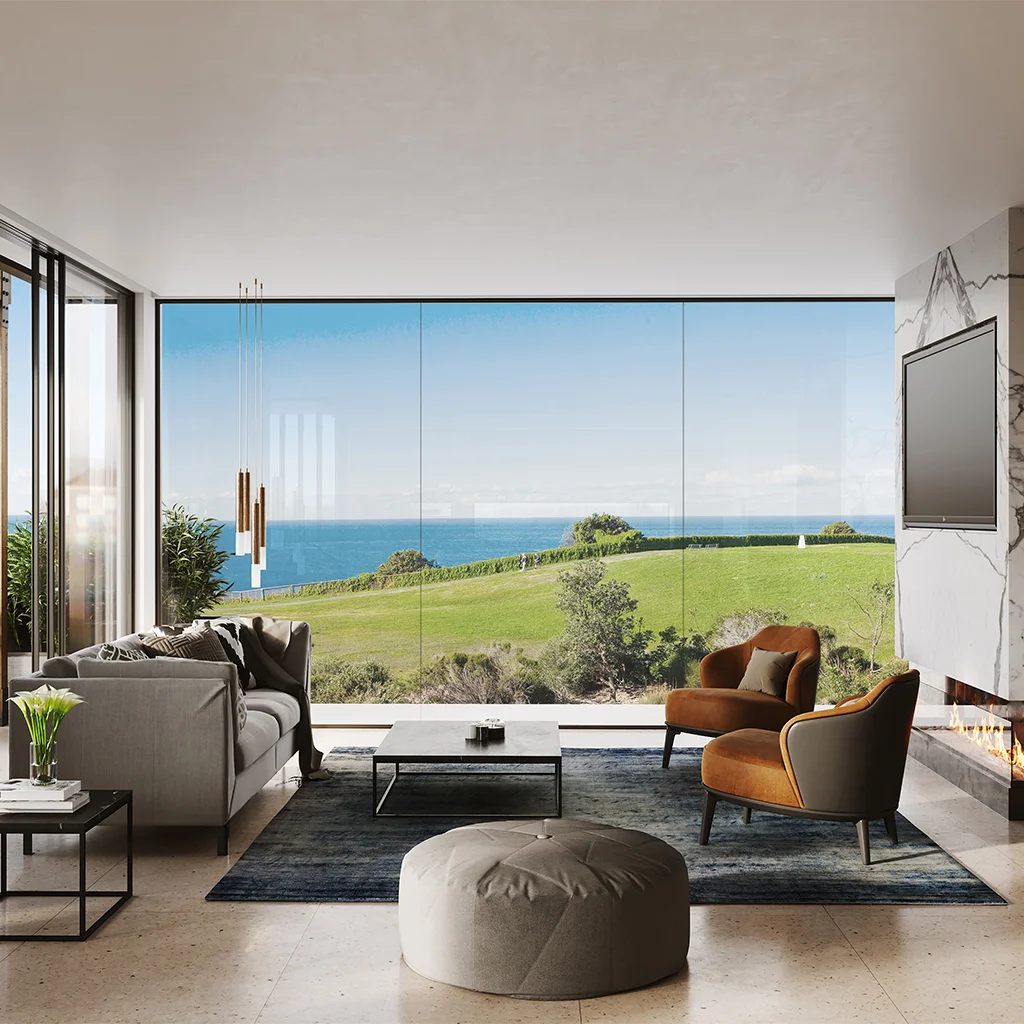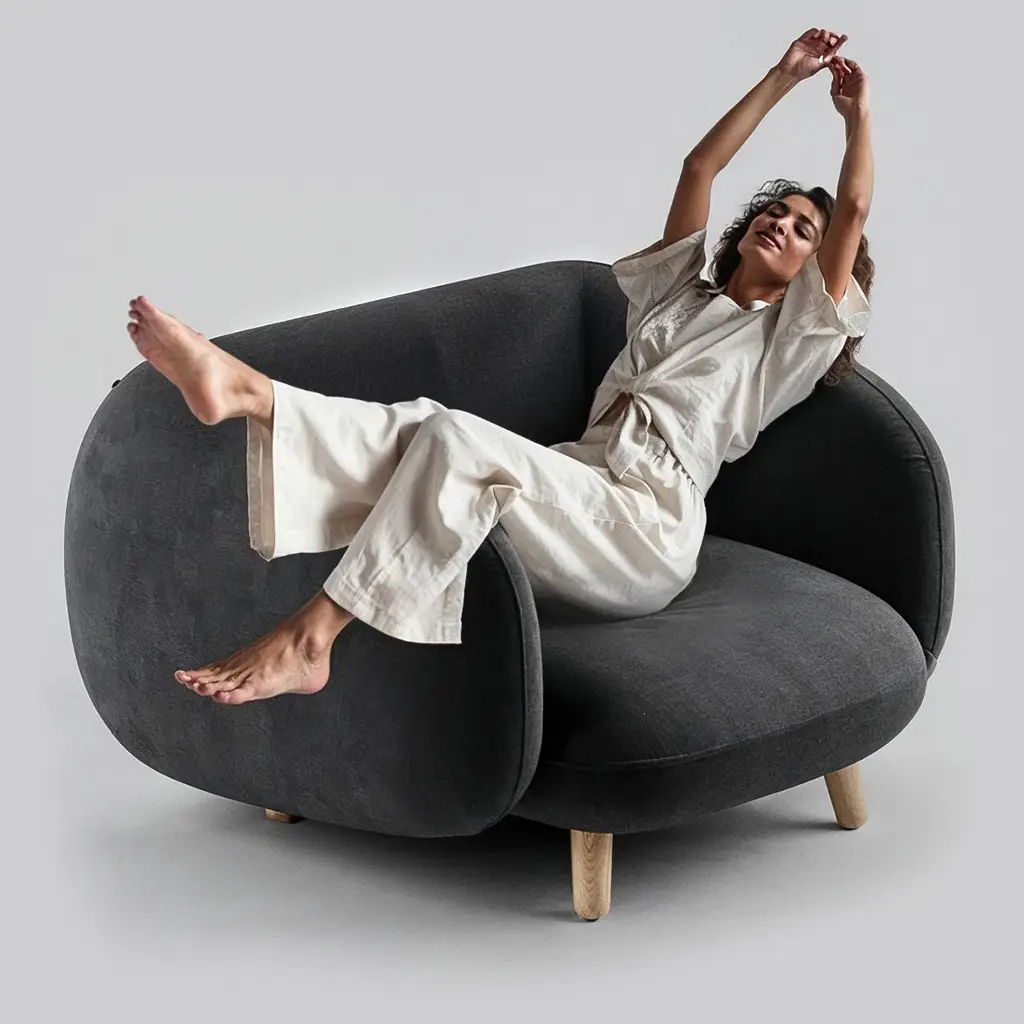When it comes to marketing furniture or showcasing products, lifestyle images are much more effective than plain white background photos. They create a mood and ambiance that resonates with buyers, making them more likely to make a purchase. To achieve highly realistic and visually appealing images, 3D lighting techniques play a crucial role in 3D product rendering.
Poorly regulated lighting can result in a room set that is too dark and gloomy or excessively bright, making objects look flat and unreal. To avoid these issues, 3D artists employ various lighting solutions that can enhance the visual appeal and realism of the images.
1. Directional Lighting
Directional lighting creates parallel beams of light from a bright source, usually representing the sun. By adjusting the brightness and color of the light source, or changing its position in the 3D space, artists can achieve a range of lighting effects. Placing the directional light source closer to the room set creates harsh illumination, while moving it farther away produces a softer and more natural sunlight effect.
2. Point or Omni Lighting
Point or omni lighting is based on a small light source that casts illumination in all directions. This technique is ideal for small built-in lighting fixtures, candles, lamps, sconces, and other similar light sources. While it adds coziness to the space, using point lighting alone may not provide sufficient illumination for the room. Therefore, other 3D lighting techniques, such as directional or area lighting, are often used as the main source of illumination.
3. Area Lighting
Area lighting is characterized by its flat shape, usually in the form of a rectangle or circle. This type of lighting casts soft, diffused lighting and shadowing in all directions. It is commonly used for ceiling light fixtures and cornice lighting to subtly emphasize specific areas of the room. Area lighting can be combined with other 3D lighting techniques to enhance the overall realistic illumination of the room set.
4. Spot Lighting
Spotlighting creates dramatic lighting effects, resembling a spotlight often seen in theaters. It produces a well-directed circular spot of light with deep shadows. The diameter and intensity of the spotlight can be adjusted in the 3D software to suit artistic purposes. This technique is ideal for highlighting specific objects in the scene and creating a focal point that sets the product apart.
5. Global Illumination
Global illumination is one of the most impressive and complex 3D lighting techniques. It simulates natural lighting conditions by calculating the bouncing of light from various surfaces. This technique combines the main light source, additional sources, and reflections to create a realistic ambiance. For daylight scenes, it calculates direct sunlight and reflections, while for evening scenes, it combines all artificial light sources to create a natural atmosphere.
Professional 3D artists often use a combination of these lighting techniques in a single lifestyle scene to achieve the desired effect. Each technique requires a deep understanding of optics and physics to create a natural and visually pleasing outcome. Therefore, it is important for manufacturers and marketers to work with experienced 3D artists who possess the necessary skills and knowledge.
If you want to impress your customers with visually stunning 3D scenes, consider using professional 3D rendering services. They can provide you with realistic and captivating lifestyle images that will enhance your marketing campaigns and help increase sales.
To learn more about the costs associated with top-tier 3D visualization projects, visit our website at www.VizFurniture.com and download our VIZFURNITURE price guide. We offer competitive pricing for high-quality product rendering services.


